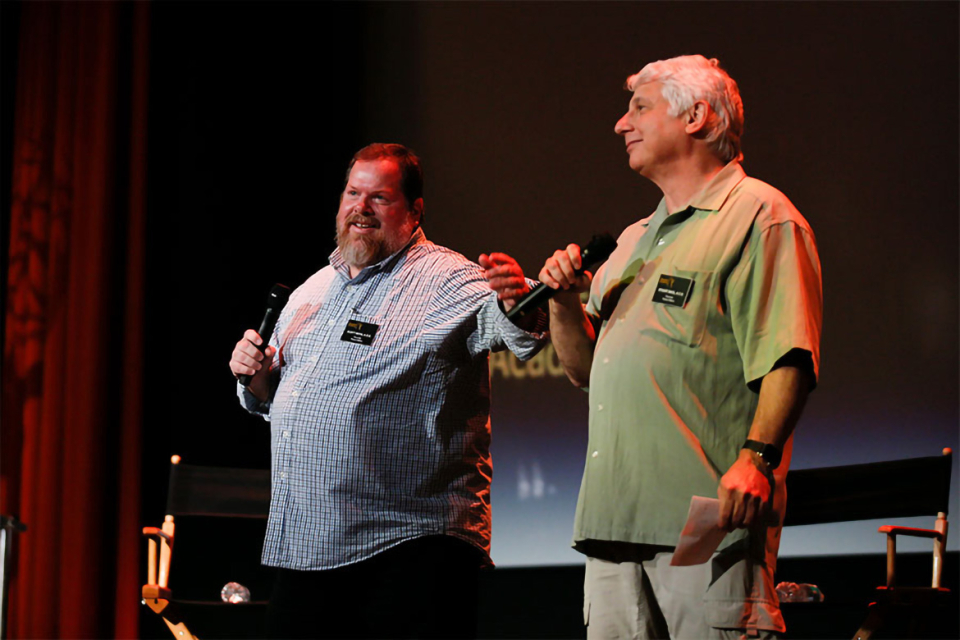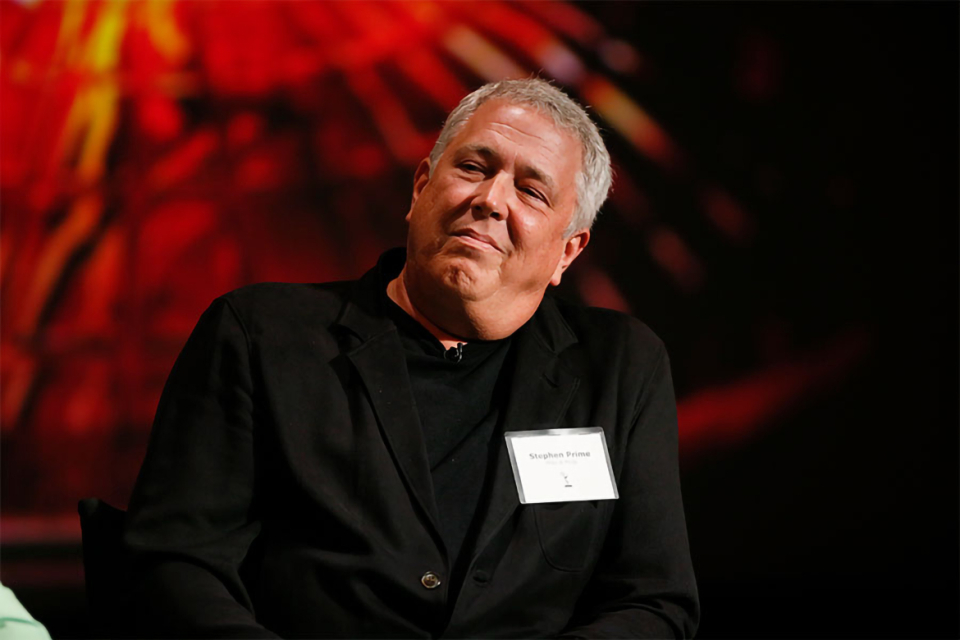Jason Warrior is a 21-year-old aspiring vocalist from a tough Chicago neighborhood of drug dealers and street fights.
Having attended college on a scholarship, he’s now living back home with his mother. Without a car to get around, he can’t go after singing gigs, but watches online video tutorials and practices regularly, trying to be the best vocalist he can be.
“I am beyond happy that Warrior is my last name, because it definitely describes who I am as a person,” he says. On this night, the young warrior is trying out for the current season of NBC’s competition show The Voice, first up for the blind auditions, and scores the hoped-for punch of a button from judge Adam Levine.
Warrior’s video profile, shot in his hometown, was edited from about 20 minutes to about five minutes for airing before his audition on The Voice. Robert Malachowski, ACE, a supervising editor on the show, also served as colorist.
“We shoot everything flat,” he explained. “Then I go in and colorize it. I did not make it a bright summer day. I used dark blues, to show the oppressive [environment].” As for the footage he chose, “I wanted to show Jason’s story condensed, that people can identify with – for some, the show is a way out of a situation. For others, it’s a dream.”
Malachowski was one of six picture editors, each a 2016 Emmy nominee in his or her respective category, who gathered for the Television Academy’s 10th annual Prime Cuts program to discuss their craft and art.
His category for The Voice was structured reality or competition program; panelists also included Kabir Akhtar, ACE, who won the Emmy for the CW’s Crazy Ex-Girlfriend (outstanding single-camera picture editing for a comedy series); Moira Demos, Emmy winner for Netflix’s Making A Murderer (nonfiction program); Kelley Dixon, ACE, nominated for AMC’s Better Call Saul (single-camera picture editing for a drama series); Nena Erb, Emmy winner for HBO’s Project Greenlight (unstructured reality program); and Stephen Prime, nominated for CBS’s Mike & Molly (multi-camera picture editing for a comedy series).
Shawn Ryan, co-creator-executive producer of the new NBC series Timeless and executive producer of Netflix’s The Get Down, was the moderator for the eighth time; picture editors peer group governors Stuart Bass, ACE and Scott Boyd, ACE welcomed the audience. The program, held September 24 at the Academy’s Wolf Theatre in the NoHo Arts District, was open to the public.
Demos, who was sole editor but shared three other Emmys with producing partner Laura Ricciardi, said that Making a Murderer was initially envisioned as a two-hour movie, eventually becoming a 10-part documentary series.
The show chronicles the justice-system woes of Steven Avery, who served 18 years in prison for sexual assault and attempted murder until he was cleared by DNA and released in 2003; but was arrested again in 2005 and later convicted of another murder. His nephew Brendan Dassey was also convicted, but just weeks before the show’s Emmy wins saw his conviction overturned.
The series “certainly was a tremendous responsibility,” Demos said, “especially to the subjects that let you shoot them. My responsibility was to replicate that journey” out of hundreds of hours they had shot over a 10-year period. “We were editing in the field – there are some scenes I cut on my 12-inch laptop in 2006 that are in the film.”
While the story was told chronologically, the use of cold opens at the beginning of the episodes allowed for flashbacks and other creative approaches. “Once Brendan’s story became involved, it was a balancing act to keep his story alive, but keep Steven the main character,” Demos said. One challenge in doing so: Avery was locked away after his 2007 conviction, so they couldn’t film him. Their solution: using voiceovers from his phone conversations.
Erb agreed that “our responsibility is to present the truth, rather than just be entertaining. We got lucky in that there was natural conflict between Jason [Mann, the director of the film Project Greenlight was chronicling] and [film producer] Effie Brown. We took a verité approach.”
She and the show’s other editors tried to avoid the expected when possible: for transitions, for example, “Instead of showing time lapses or sunrises, we showed people coming to work, starting the day.”
The scripted shows present their own challenges, among them being, Akhtar noted drily, “talking to grown-ups. You’re talking to producers who come in and have ideas, and sometimes they’re great, and sometimes they’re great – not.”
“You have to learn to manage your producers,” Dixon concurred. “You’ve got to remember, these guys sitting behind you are on the hook for millions of dollars.”
Akhtar believes it’s valuable to try an idea – which sometimes does work, after all – and work through it so that a producer can see why it doesn’t work. The hardest thing about editing the show is the speedy seven-day schedule, which includes two or three songs per episode. “We’re making stuff up on the back end – [we might say,] ‘This scene would be so much better if the last part came first,’” he said.
Dixon, who won an Emmy for AMC’s Breaking Bad and has multiple nominations for that series and Better Call Saul, said that her editing has changed through the years.
“Just as I’ve grown as a person, I’ve grown as an editor, grown in my approach to the script, the work, the problems.” When watching dailies, “what I look more at now is the story, what do the story and characters mean to me. Before, it was more superficial, about the shots – here’s a closeup.”
Prime, a longtime editor on Friends, also directed that sitcom as well as Mike & Molly. “You certainly understand the fundamentals of the scene,” he said, as to how each role helps the other.
As a sitcom editor, “I’ve been to five-six-700 tapings. You’re part of the crew. You’re the only one editing. Sitcoms have a lot of conventions to them, such as delaying the laugh, or dropping the laugh. I try to break conventions, without being obvious. It’s all about rhythm – that’s our music. I think everyone here loves music.”
Indeed, when the panelists were asked about breaking in to editing, Dixon noted that she was a trumpet player and once heard trumpeter Wynton Marsalis say that to get a job, be around the music. “I think that’s true for anything – be around the work as much as you can,” she said.
Other panelists’ advice: Get a p.a. job and make your opportunities out of it, such as seeking out a mentor, learning about aspects of production and using existing equipment to cut your own projects at night.
Once one becomes an assistant editor, still practice cutting scenes on your own time, but be sure that everything is prepared for the editor.
During a short Q & A with the audience, an actress asked what performers can do to make the editor’s job easier. The panelists’ advice: Go back to the beginning of a scene if you blow a line; show reactions when not speaking, that an editor might want to cut to; give a performance during wide shots, not just closer angles; be in the moment before “Action!” is called and stay there after you hear “Cut.”
And, quipped Akhtar, “Don’t fix your hair between takes – it looks great.”






















